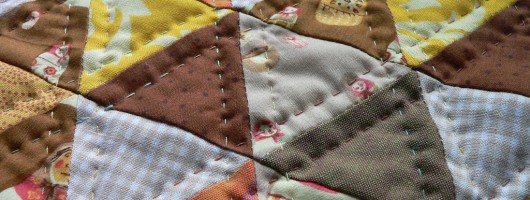Triangles in Bowen Theory
Posted by Isaac Butterworth | Filed under Bowen Theory

Bowen family systems theory states that…
…the triangle, a three-person emotional configuration, is the molecule or the basic building block of any emotional system, whether it is in the family or any other group. The triangle is the smallest stable relationship system. A two-person system may be stable as long as it is calm, but when anxiety increases, it immediately involves the most vulnerable other person to become a triangle. When tension in the triangle is too great for the threesome, it involves others to become a series of interlocking triangles” (Murray Bowen, 1976).
A triangle is formed when the anxiety in a relationship between two people becomes intolerable and a third person is brought in to relieve the tension. For example, consider a typical episode in a nuclear family. Dad comes home from work. It has been a difficult day, and he is filled with anxiety. Mom “catches” the anxiety and then passes it on to the child. If this happens often enough, a pattern is formed, and the child will begin to develop symptoms. This escalates the anxiety for Mom and Dad, who again pass it on to their child. Bowen theory refers to this as a “child focus” pattern. It is an easy way to understand how anxiety gets passed on in a family, usually without any awareness on the part of family members.
This is an extreme example, of course. The truth is: Triangles form all the time. Bowen did not suggest that triangling was necessarily dysfunctional, although persons with higher levels of self-differentiation will be less likely to involve themselves in creating and maintaining triangles.
Again, the key concept is anxiety. Observing triangles helps us to see that the original tension often gets “acted out” elsewhere. This is undesirable, especially when two people in a relationship avoid resolving troubling issues by drawing in a third party to criticize or worry about.
In a large family or some other organization, triangles tend to proliferate and interlock. It has also been observed that triangles maintain themselves in a family across the generations.
Photo Credit: by Christiane Struck







December 23, 2010 at 11:26 am
[…] the next post, Triangles in Bowen Theory, we will return to the concept of triangling, one of the relationship patterns evident in […]
December 23, 2010 at 11:27 am
[…] order to answer this question, we must return to the concept of triangles in relationship systems. In her book, The Eight Concepts of Bowen Theory, Dr. Gilbert discusses […]